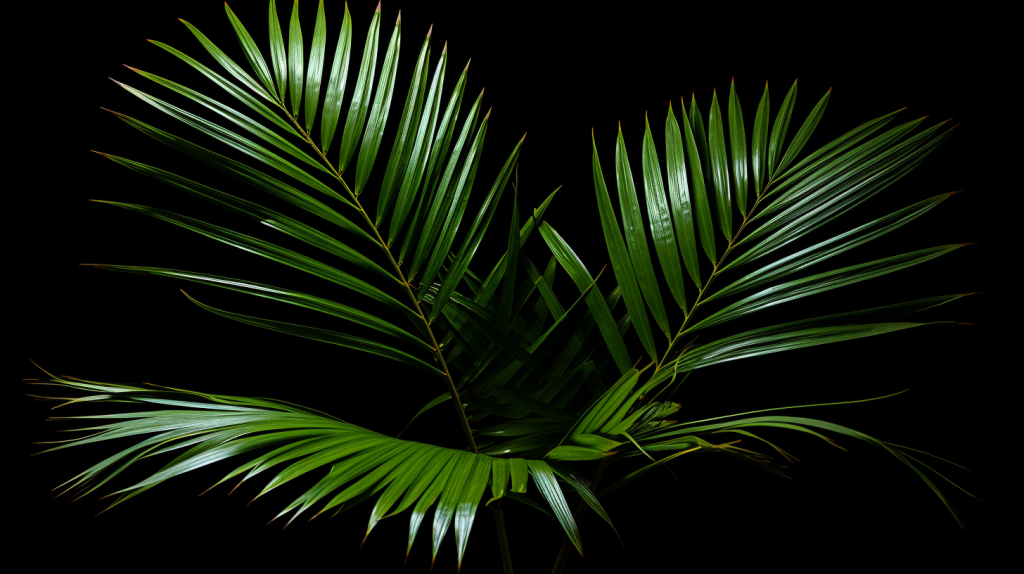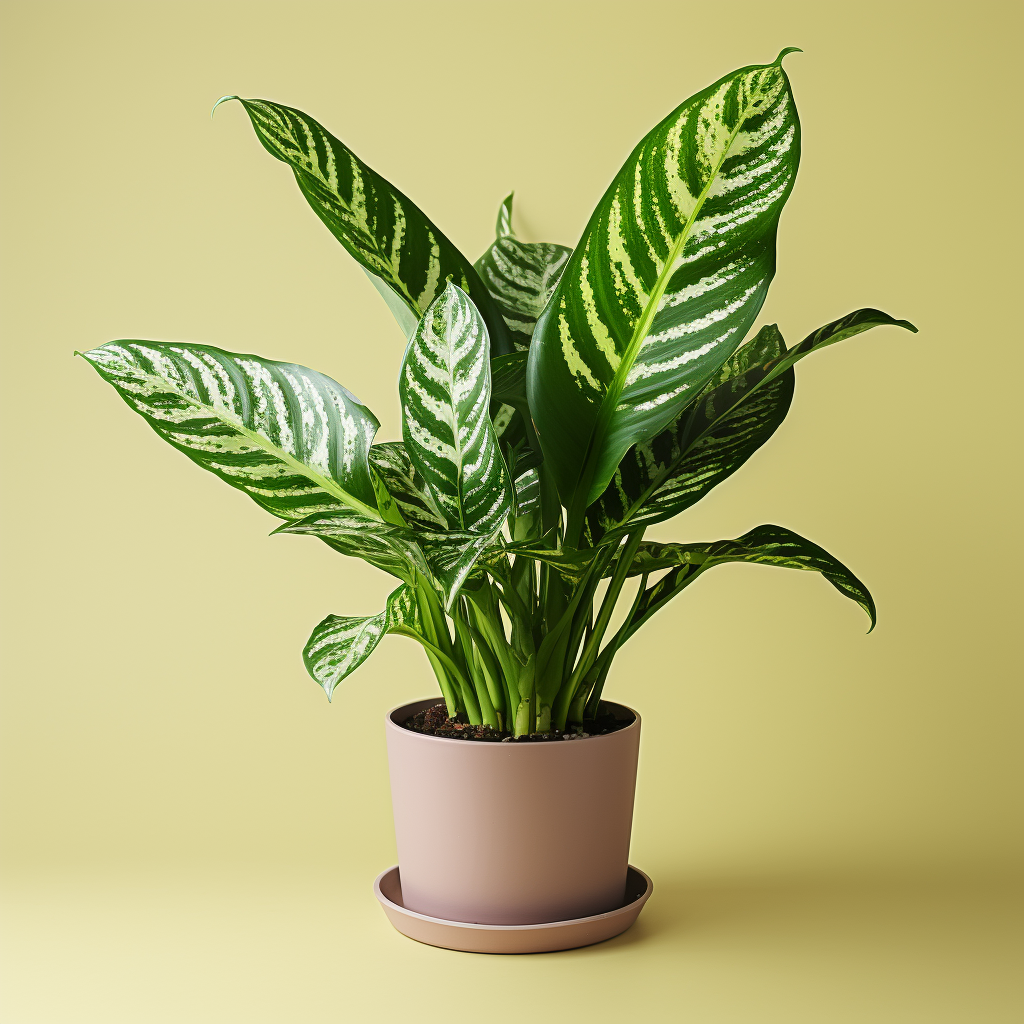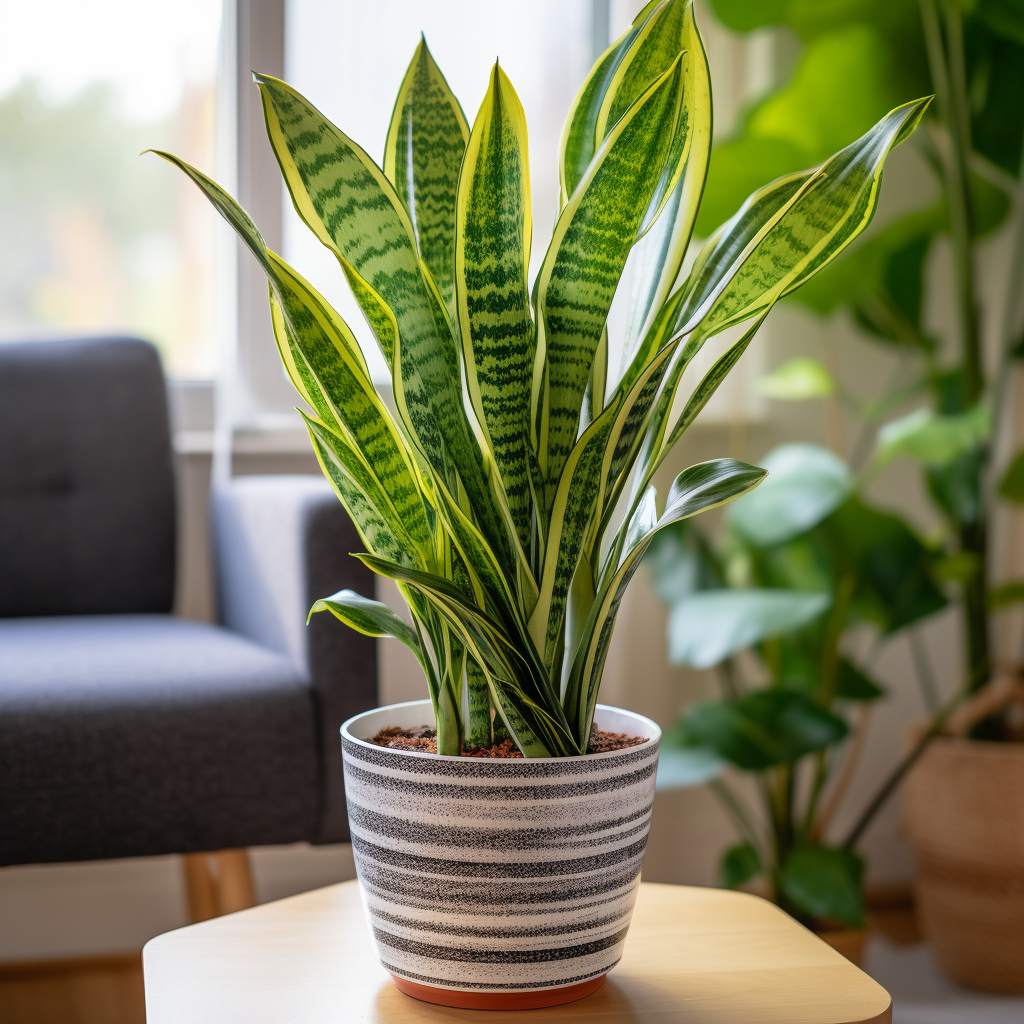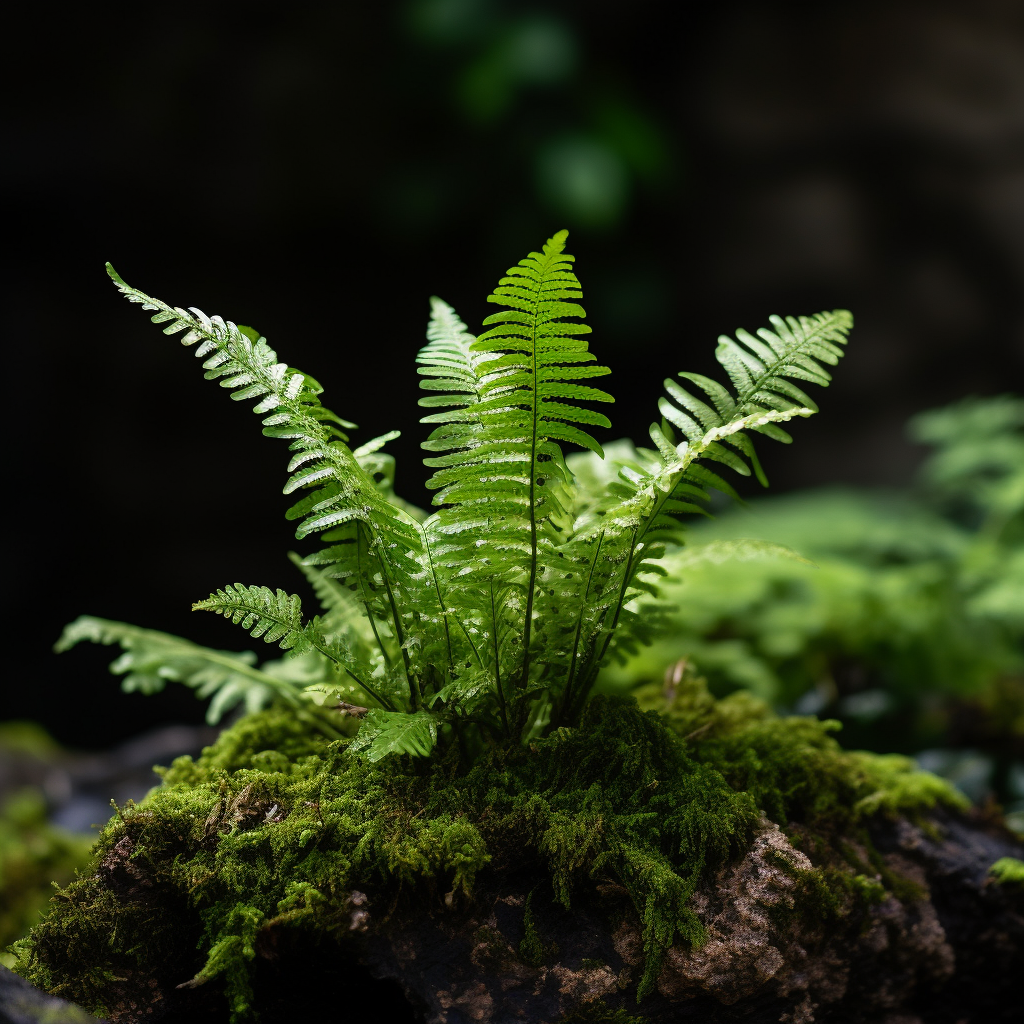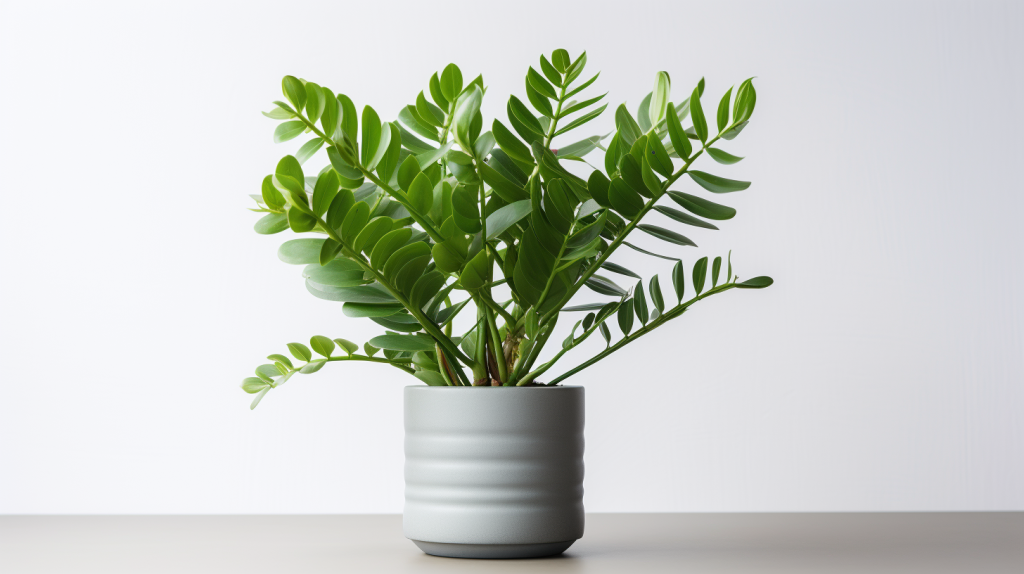Imagine yourself in a tropical paradise, surrounded by lush greenery. Now imagine bringing that paradise to your living room. Well, the Kentia Palm Plant can help make that happen. This guide will share insightful information on how you can grow and care for this stunning addition to your indoor plant collection.
What is the Kentia Palm Plant?
The Kentia Palm Plant, scientifically known as Howea Forsteriana, originates from the Lord Howe Island in Australia. This palm, standing tall with its elegant fronds, is among the most sought-after indoor palms due to its resilience to indoor conditions and captivating beauty.
Description of the Kentia Palm Plant
The Kentia Palm Plant is renowned for its tall, arching feather-like fronds that radiate from the central stem. Its trunk is slender, and the leaves range from medium to dark green. It grows fairly slow and, over many years, can reach heights of 10 feet indoors, adding an exotic touch to your home.
What Does the Kentia Palm Plant Look Like?

Just picture a graceful, exotic plant with long, feather-like fronds extending from a narrow trunk. The Kentia Palm’s leaves are pinnately divided and can grow up to 12 feet long, giving the plant an overall umbrella-like appearance.
Kentia Palm Plant Flowering
The Kentia Palm Plant’s flowering is an infrequent event, especially when grown indoors. If it does flower, it produces small white flowers that later form red or orange fruits. However, don’t fret if your palm doesn’t bloom; its lush greenery provides more than enough visual appeal.
Displaying the Kentia Palm Plant
A Kentia Palm Plant can be a beautiful centerpiece in your home. Display it in a well-lit area, but avoid direct sunlight which can scorch its leaves. The pot you choose should complement its elegant look – think about a ceramic pot in a neutral tone.
Is the Kentia Palm Plant Poisonous?
One of the perks of owning a Kentia Palm Plant is that it’s not poisonous. So, it’s safe around pets and children. However, it’s always advisable to prevent pets from chewing on any plants to avoid potential digestive issues.
Kentia Palm Plant Facts

The Kentia Palm Plant is an intriguing plant with a rich history. It was a favorite of Queen Victoria and was often found decorating Victorian parlors.
Kentia Palm Plant Facts Table
| Fact | Description |
|---|---|
| Origin | Lord Howe Island, Australia |
| Height | Can reach up to 10 feet indoors |
| Life Span | Can live for many years if properly cared for |
| Toxicity | Non-toxic to humans and pets |
| Sunlight | Prefers bright indirect light |
| Watering | Moderately, allowing topsoil to dry out between watering |
Caring for Kentia Palm Plant
Caring for a Kentia Palm Plant is not as hard as it seems. They are quite resilient and can adapt to various indoor conditions.
How to Care for a Kentia Palm Plant Table
| Care | Instructions |
|---|---|
| Lighting | Bright indirect light, avoid direct sunlight |
| Watering | Water moderately, allow topsoil to dry out between watering |
| Temperature | Prefers 60-80 degrees Fahrenheit |
| Humidity | Enjoys high humidity, mist leaves regularly |
| Fertilizing | Fertilize sparingly in the growing season |
Common Problems
Like any other plant, the Kentia Palm Plant may face a few issues, like yellowing or brown leaves due to overwatering, under-watering, or too much light. Watch out for spider mites and scale, common pests for this plant.
Frequently Asked Questions
1. How often should I water my Kentia Palm Plant? Water your Kentia Palm Plant when the top 1 inch of the soil feels dry. Overwatering can lead to root rot.
2. Can the Kentia Palm Plant tolerate low light? Yes, it can tolerate low light, but it grows best in bright, indirect light.
3. How tall can a Kentia Palm Plant grow indoors? With time and care, it can grow up to 10 feet indoors.
4. Can I place my Kentia Palm Plant outside in the summer? Yes, but make sure to place it in a shaded area to avoid leaf burn from direct sunlight.
5. Is the Kentia Palm Plant safe for pets? Yes, it is non-toxic to both pets and humans.
Conclusion
The Kentia Palm Plant is a perfect addition to any home, blending aesthetics and easy care in a way few other houseplants do. By understanding the plant and following these growth and care tips, your Kentia Palm Plant will thrive, becoming an eye-catching feature in your home.
References
- Howea forsteriana (Kentia Palm) | North Carolina Extension Gardener Plant Toolbox. (n.d.). Retrieved from: https://plants.ces.ncsu.edu/plants/howea-forsteriana/
- Kentia Palm: Howea Forsteriana. (n.d.). Retrieved from: https://www.ourhouseplants.com/plants/kentiapalm
- Kentia Palm Plant Profile. (n.d.). Retrieved from: https://www.thespruce.com/kentia-palm-plant-profile-5072835

